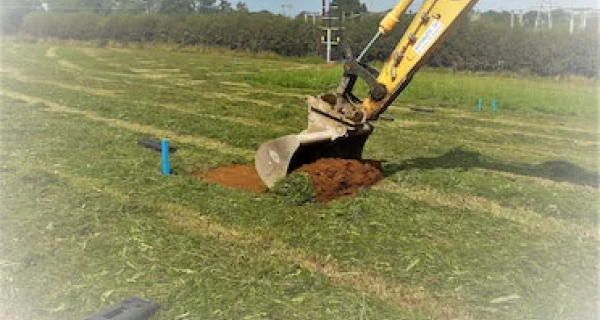The domestic energy price cap is dominating headlines, but less attention has been given to the escalating costs businesses now face. Many will have seen their electricity bills increase by more than 200% in recent months while the cost of gas has increased by approximately 1,000% in little more than a year. The cost of power is set to become one of the top five costs if it isn’t already, for large energy users such as manufacturing businesses. That puts it high on the list of challenges being discussed in boardrooms across the country.
But developing an energy strategy to address short term price spikes and long-term challenges remains an unknown for many companies and in today’s complex, volatile energy market, there are some fundamental first steps which are key to the process.
There is no question that acting quickly to reduce reliance on grid supplied energy could save large energy users hundreds of thousands if not millions in the years ahead, but reducing consumption is just as important as reducing the commodity cost. In fact, it’s essential if a business is going to maximise the savings from any alternative to grid supplied energy. It’s also key to reducing carbon which for some businesses will be vital to remain on procurement lists, as well as tackling scope 2 and 3 emissions.
The good news is that implementing simple measures, such as tying a process to an occupancy schedule, can achieve strong results. But to understand what measures will be most effective, it’s important to understand the way energy is currently consumed.
Here are my five top tips:
Review your energy usage profile
The first thing most organisations should do therefore, is review their energy usage profile. It might be that some aspects of the operation can be undertaken at different times of day for instance, taking advantage of significantly cheaper night-time rates for electricity. The types of changes that are possible will be determined by the nature of the business, but there are very few which will not be able to identify at least a small number of changes that will reduce consumption.
Identify efficiency measures
Improving on-site efficiency is often the least expensive option but can deliver some of the best results. The payback period will typically be measured in months, rather than years.
For example, in many manufacturing plants, the use of Variable Speed Drives on motors can significantly improve energy efficiency and reducing fan speeds by 20%, which is often imperceptible, can reduce power consumption by 50%.
The difficulty of dealing with ‘siloed services’ – systems that operate independently – should not be overlooked within this process. Bringing everything together with an energy management system is a simple solution and it will often create greater accountability within a business.
The importance of an effective metering and monitoring solution cannot be overstated. Simply put, it will be impossible to identify inefficiencies or the outcome of efficiency improvement measures without one. This has to be considered a ‘must have’ for every business and the first step in their journey to improving energy efficiency.
Most businesses will need to make use of an expert partner who can provide detailed insight using analytical equipment fitted to machinery, to identify where the greatest efficiencies can be achieved. And this is an important precursor to implementing onsite energy generation solutions such as Solar PV, otherwise the savings achieved will never be maximised.
Consider the business’ trajectory and procurement strategy
Consideration should then be given to the business’ trajectory – what does the future energy profile look like? Plans to change production levels for instance will obviously change a site’s load requirements so any solution that is implemented needs to be future proofed.
Sustainability cannot be overlooked in this process. This means consideration must be given to the procurement strategy, and how this is likely to change over the years ahead. How and what a business buys and from whom, may well fundamentally change the amount of power that is required and this in turn will influence a company’s journey to net zero.
Examine alternative onsite energy generation technologies
Once these areas have been considered, alternative energy generation technologies such as Solar PV and battery storage should be examined. Onsite renewable energy generation solutions will provide significant carbon and cost savings compared to sourcing power from the grid, but importantly, they will also improve resilience, providing security of supply as well as stable pricing.
Identify a long-term energy partner
Ultimately, businesses should seek to identify a long-term energy partner with the expertise to help develop the right energy strategy and implement the most effective solution based on current and future power requirements. More than simply finding a supplier that will fund a solution, this is about working with a partner like Ylem Energy, which invests in and works collaboratively with businesses to future proof their operation.






